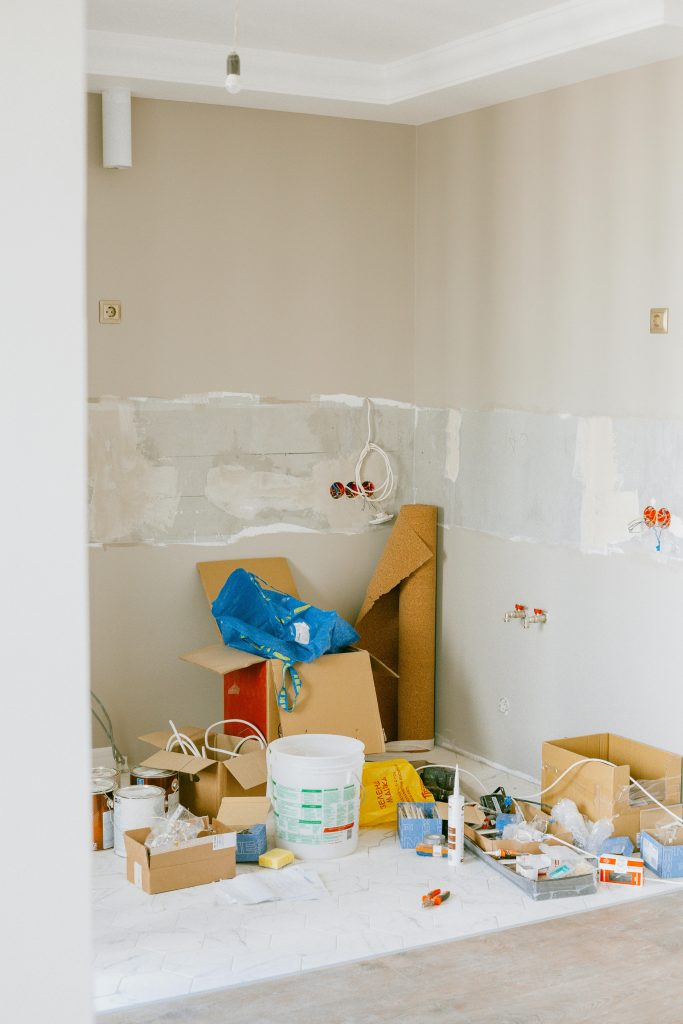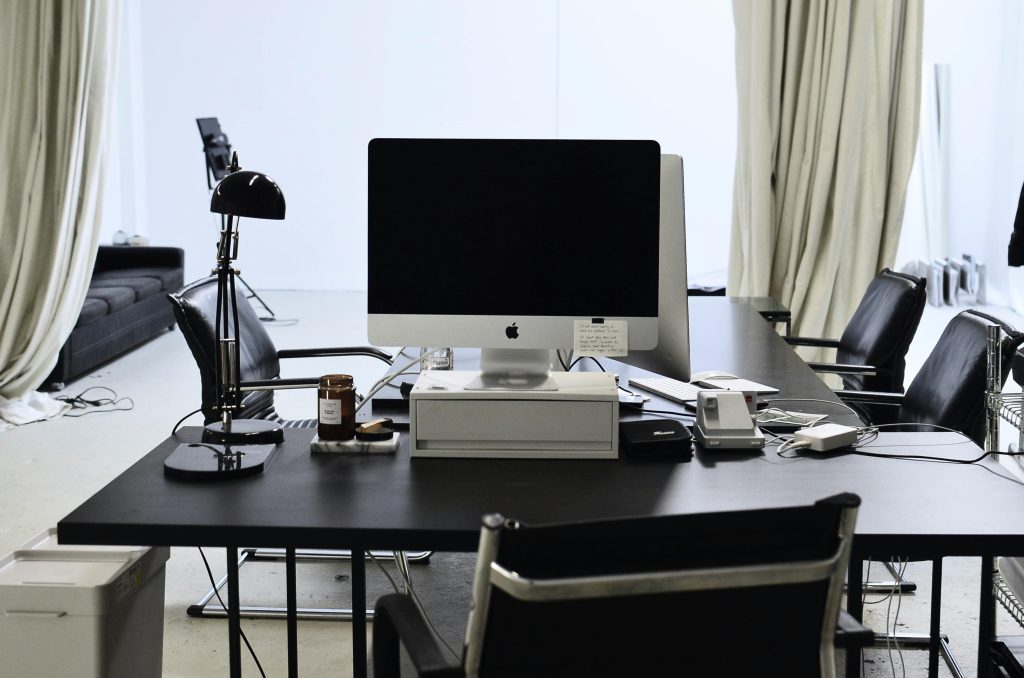Understanding and Resolving Random Crashes Linked to NVLDDMKM Errors on Windows 10
Experiencing frequent system crashes can be both frustrating and disruptive, especially when they occur unpredictably during routine activities like gaming or watching videos. If you’re noticing your Windows 10 PC crash once or twice daily, accompanied by a display turning solid green or purple without a Blue Screen of Death (BSOD), it’s essential to diagnose and address the underlying issues efficiently.
Recognizing the Issue
Common symptoms include:
- Sudden screen color changes (green or purple display)
- System crashes occurring randomly, often during video or game playback
- No apparent BSOD, but Event Viewer logs show specific errors
- Crash loops after initial failure, requiring Safe Mode interventions
Key Error Indicators
Event Viewer logs can provide valuable clues. Typical errors associated with these crashes include:
- Event ID 13 and 153 from source
nvlddmkm: These errors relate to the NVIDIA graphics driver and suggest a problem with the GPU or its driver. - Event ID 1084 from source
DCOM: Indicates issues starting system services likenetprofm, which relates to network connectivity.
Analyzing the Causes
The recurring nature of the errors points to issues with the graphics driver, hardware conflicts, or system service errors. The nvlddmkm errors often stem from:
- Outdated or corrupted NVIDIA graphics driver
- Hardware incompatibility or failure
- Driver conflicts with other system components
- Insufficient power supply or overheating
The DCOM 1084 error can indicate problems with Windows services, potentially stemming from driver issues or service misconfigurations.
Step-by-Step Troubleshooting Guide
-
Update or Reinstall NVIDIA Graphics Drivers
-
Visit the official NVIDIA website and download the latest driver compatible with your GPU.
- Use Display Driver Uninstaller (DDU) to completely remove existing graphics drivers before installing the new version. This helps eliminate corruption or conflicts.
-
Restart your PC and observe if the crashes persist.
-
Check for Windows Updates
-
Ensure your Windows 10 system is fully updated. Microsoft frequently releases patches that fix compatibility issues.
-
Monitor Hardware Temperatures and Power Supply
-
Use tools like HWMonitor or MSI Afterburner to check GPU and CPU temperatures during use.
-
Ensure your power supply is sufficient and functioning correctly.
-
Run System Diagnostics
-
Use built
Share this content:



